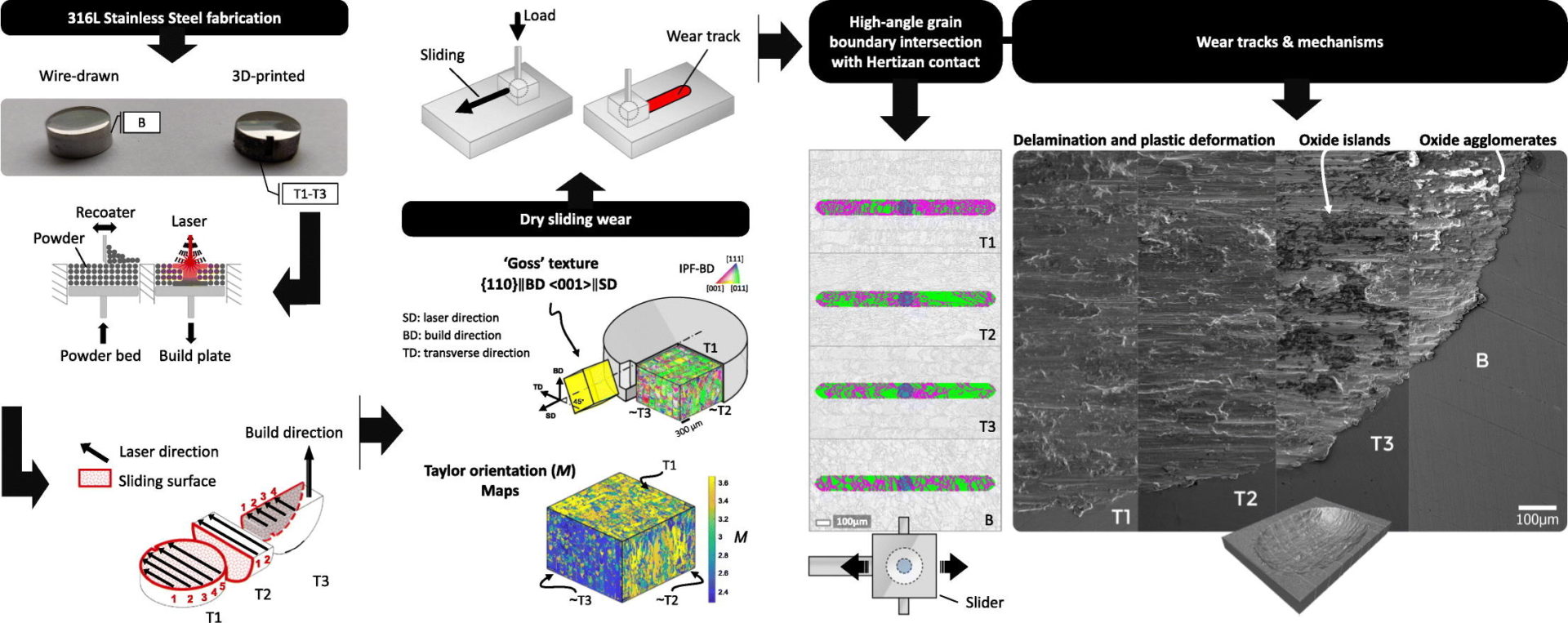Demand for total joint replacements in the UK continues to soar, driven by an aging population and an increasing number of younger patients undergoing these procedures.
Total knee replacement (TKR) operations are one of the most common surgical procedures globally with 2.6 million performed each year. Components have a limited life of approximately 15 years and in some cases earlier than expected replacement is required due to excessive wear. There are also additional serious concerns as wear debris can cause adverse reactions such as osteolysis, and soft tissue lesions. The increasing implant rates and the burgeoning healthcare costs emphasize the need for research to improve implant function and longevity to avoid the need for expensive revision surgeries.
Wear control, which relies on understanding the mechanisms of wear, is crucial in preserving the life of mechanical components and reducing costs. Additive manufacturing (AM) techniques can produce parts with tailored microstructure, however, little has been done to understand how this impacts the mechanisms of wear. In this paper Dr Myant and colleagues study the impact build orientation can have on initial grain arrangement and crystal orientation on the wear mechanisms of austenitic stainless steel in dry sliding contact.
Read more: Bahshwan, M., Myant, C. W., Reddyhoff, T., & Pham, M. S. (2020). The role of microstructure on wear mechanisms and anisotropy of additively manufactured 316L stainless steel in dry sliding. Materials & Design, 196, 109076.
Header figure: Graphical abstract of the Bahshwan research paper.

